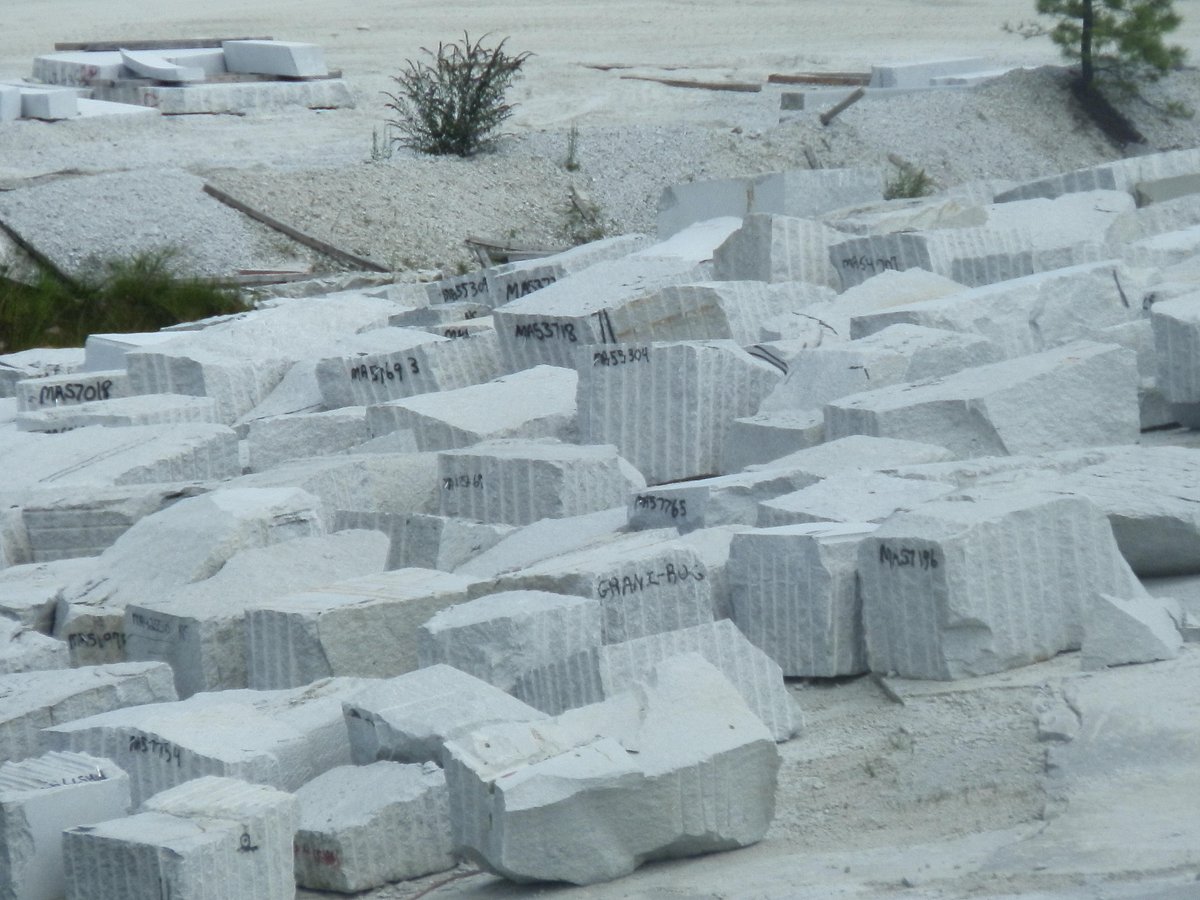Discovering the Rich Background and Sustainable Practices of Granite Quarrying
As we stand on the precipice of uncovering the intricate tapestry of granite quarrying, a trip via time reveals not just the physical act of drawing out stone however additionally the cultural and historical value woven into the very fabric of this technique. From the old origins that laid the foundation for modern-day quarrying techniques to the sustainable practices that are forming the future of this market, each sculpt mark on granite surface areas informs a story waiting to be uncovered (granite quarries in south africa). The heritage of granite quarrying extends far beyond simple extraction; it is a testimony to human resourcefulness, durability, and the enduring attraction of this majestic stone
Ancient Beginnings of Granite Quarrying
Going back to old civilizations, the technique of quarrying granite has been an essential component of human background and architectural development. The earliest proof of granite quarrying days back to old Egypt, where enormous pyramids and elaborate sculptures were crafted from this long lasting stone. The Egyptians used primitive devices to remove granite blocks from quarries, showcasing the importance of this material in their monumental building and constructions.
Moving onward in history, the Greeks likewise made considerable payments to the quarrying of granite. The Greeks used granite in different architectural marvels, such as temples and sculptures, demonstrating their ability in shaping and sculpting this durable rock. The Romans additionally refined the techniques of quarrying granite, using sophisticated tools like chisels and hammers to essence and shape granite for their legendary frameworks.
With the centuries, the technique of quarrying granite has progressed, with modern innovations boosting effectiveness while preserving the ageless appeal of this natural stone - granite quarries in south africa. From ancient civilizations to contemporary home builders, the heritage of granite quarrying continues to form our world
Evolution of Quarrying Strategies
The advancement of quarrying strategies has actually been marked by a continual development towards greater performance and accuracy in removing granite. Early quarrying techniques involved hands-on labor with basic tools such as blades, hammers, and wedges to draw out granite blocks from the earth.
In even more recent times, the introduction of machinery revolutionized the quarrying industry, making it possible for faster removal rates and enhanced efficiency. Technologies such as ruby cord saws, high-pressure water jets, and pneumatic drills have become typical in modern quarries, allowing for specific cutting and reduced waste. Moreover, innovations in computer-controlled devices and 3D modeling have actually optimized quarrying procedures, leading to minimal environmental influence and enhanced sustainability methods. As the need for granite proceeds to climb, the evolution of quarrying strategies continues to be important to conference industry needs effectively and sustainably.
Cultural Importance of Granite
Granite holds a profound social relevance throughout numerous civilizations as a result of its enduring visibility in building work of arts and revered monuments. From the magnificent pyramids of Egypt to the detailed makings of the Angkor Wat holy place in Cambodia, granite has been a material of selection for sharing majesty and longevity in social heritage. In old Rome, granite columns decorated temples and public buildings, signifying find out this here strength and durability. The cultural value of granite prolongs past its physical attributes; it personifies strength, security, and eternity, making it an icon of sustaining legacies and customs.

Lasting Practices in Quarrying
Amidst the rich background of granite quarrying and its cultural significance lies an expanding emphasis on click to read sustainable techniques within the sector. As environmental awareness and problems regarding source deficiency have enhanced worldwide, the quarrying sector has increasingly embraced lasting approaches to lessen its effect on the setting and surrounding communities.

Moreover, improvement and recovery of quarry websites post-extraction are essential you can try these out to sustainable techniques. By recovering quarried areas to an all-natural or beneficial state, such as developing wild animals habitats or leisure rooms, quarriers can balance out the environmental footprint of their procedures and add favorably to the regional community.
Heritage of Granite Quarrying
With a historic background steeped in workmanship and industrial development, what sustaining impact has granite quarrying left on the landscape of contemporary society? The legacy of granite quarrying goes beyond plain extraction methods; it has actually shaped building marvels, city landscapes, and social heritage worldwide. The resilient nature of granite has made it a preferred selection for monoliths, buildings, and framework, standing as a testament to the ability and virtuosity of quarry employees across generations.
Furthermore, the economic footprint of granite quarrying can not be ignored. The sector continues to offer job opportunity and drive local economies in regions where granite removal prevails. It has actually additionally stimulated technical developments in quarrying methods and devices, leading to more reliable and lasting practices.
In regards to sustainability, the tradition of granite quarrying consists of efforts to alleviate environmental impacts through improvement tasks and responsible source monitoring. By stabilizing economic interests with environmental stewardship, the sector makes every effort to make sure that future generations can proceed to take advantage of this long-lasting natural deposit.
Verdict
